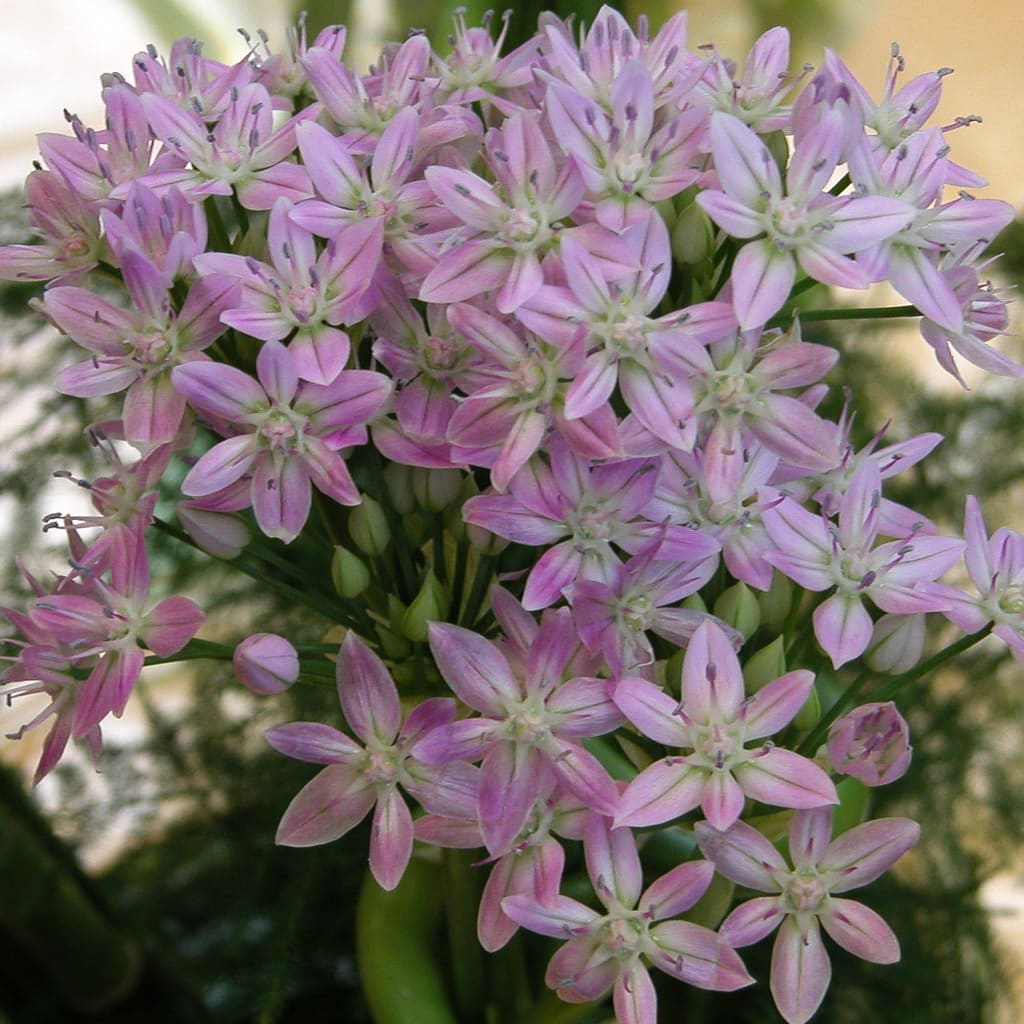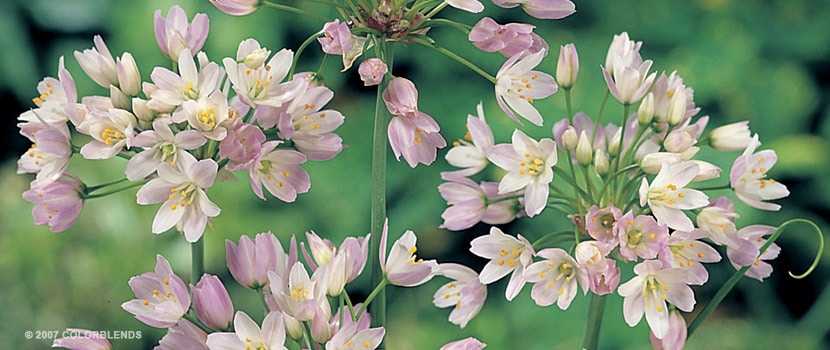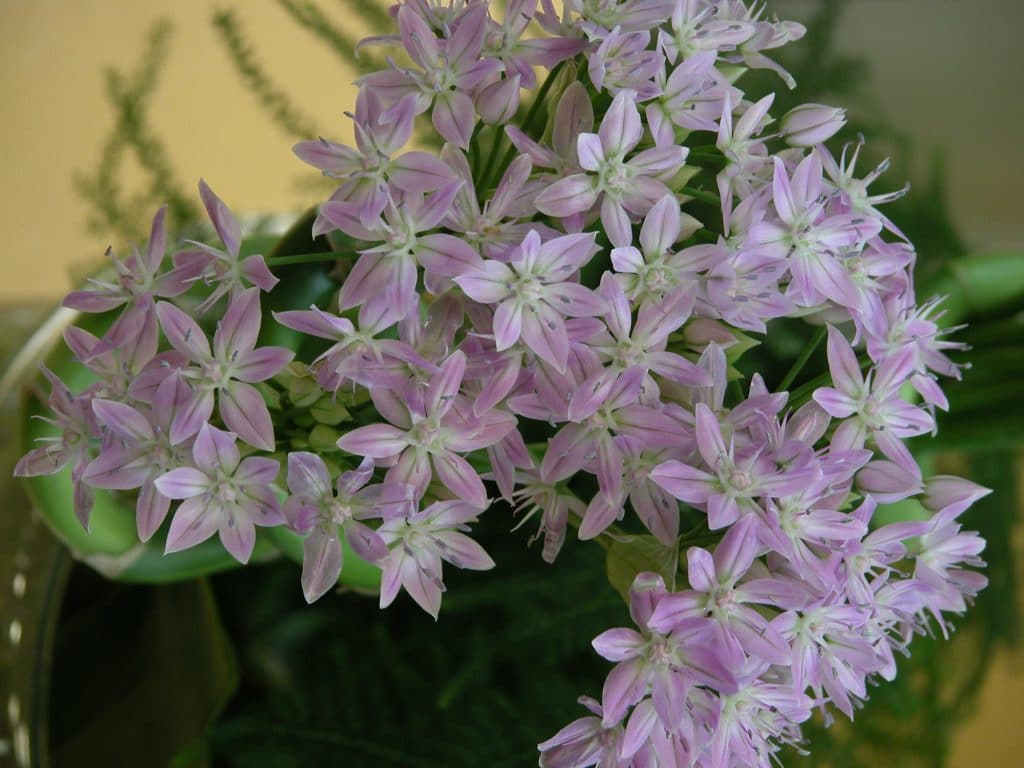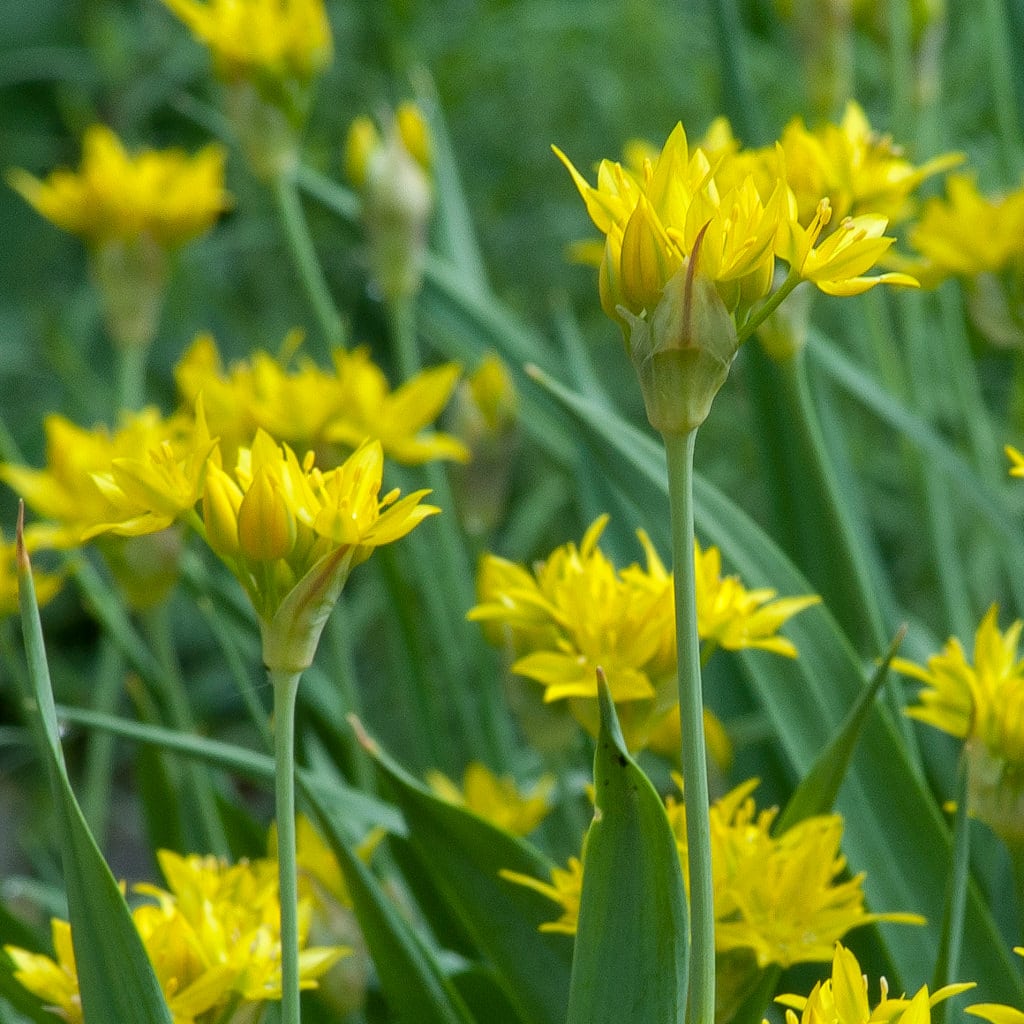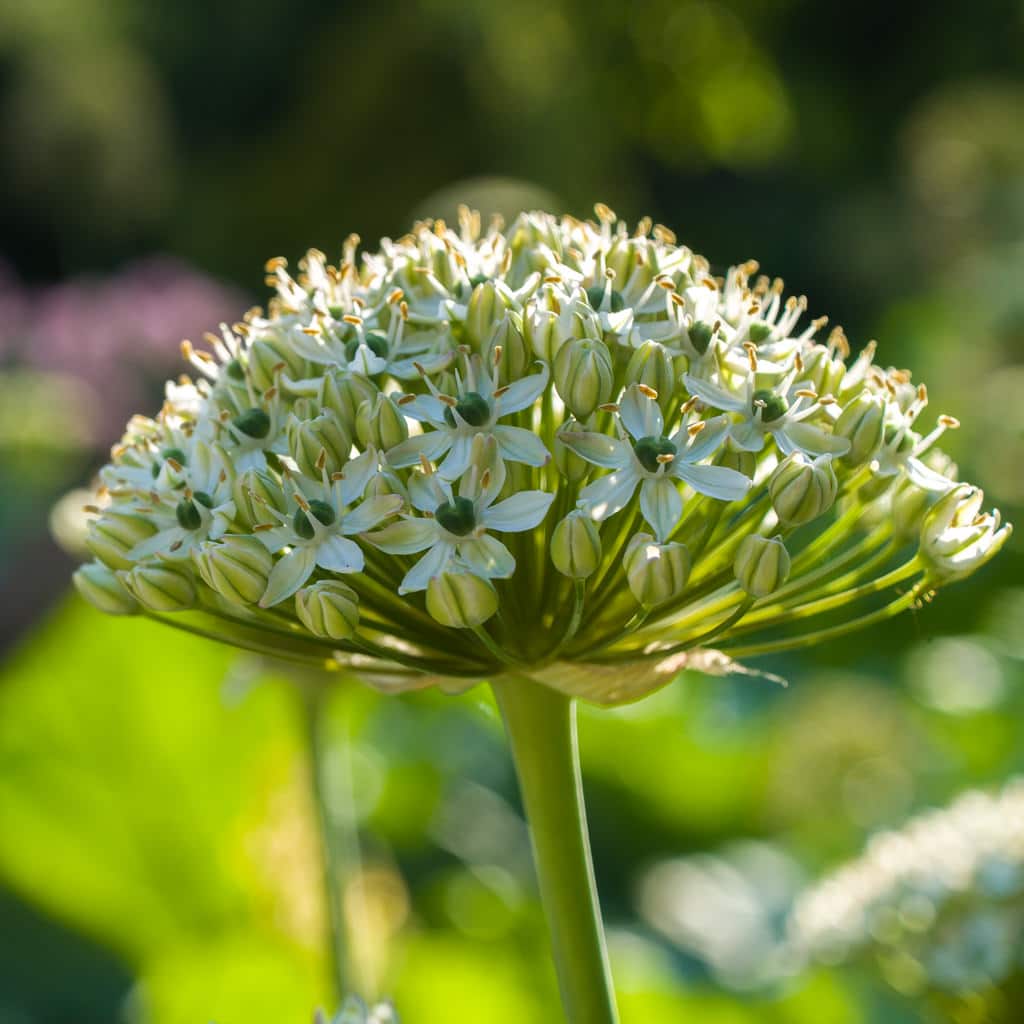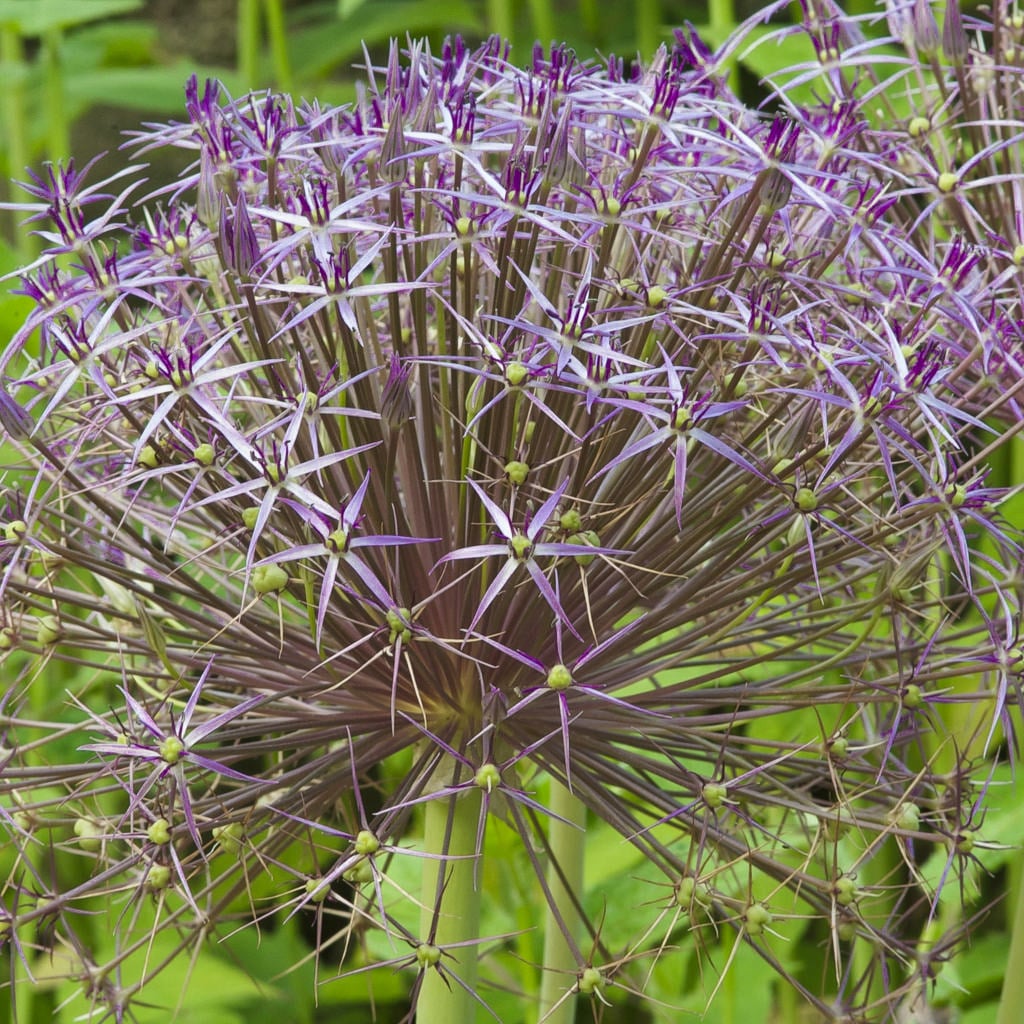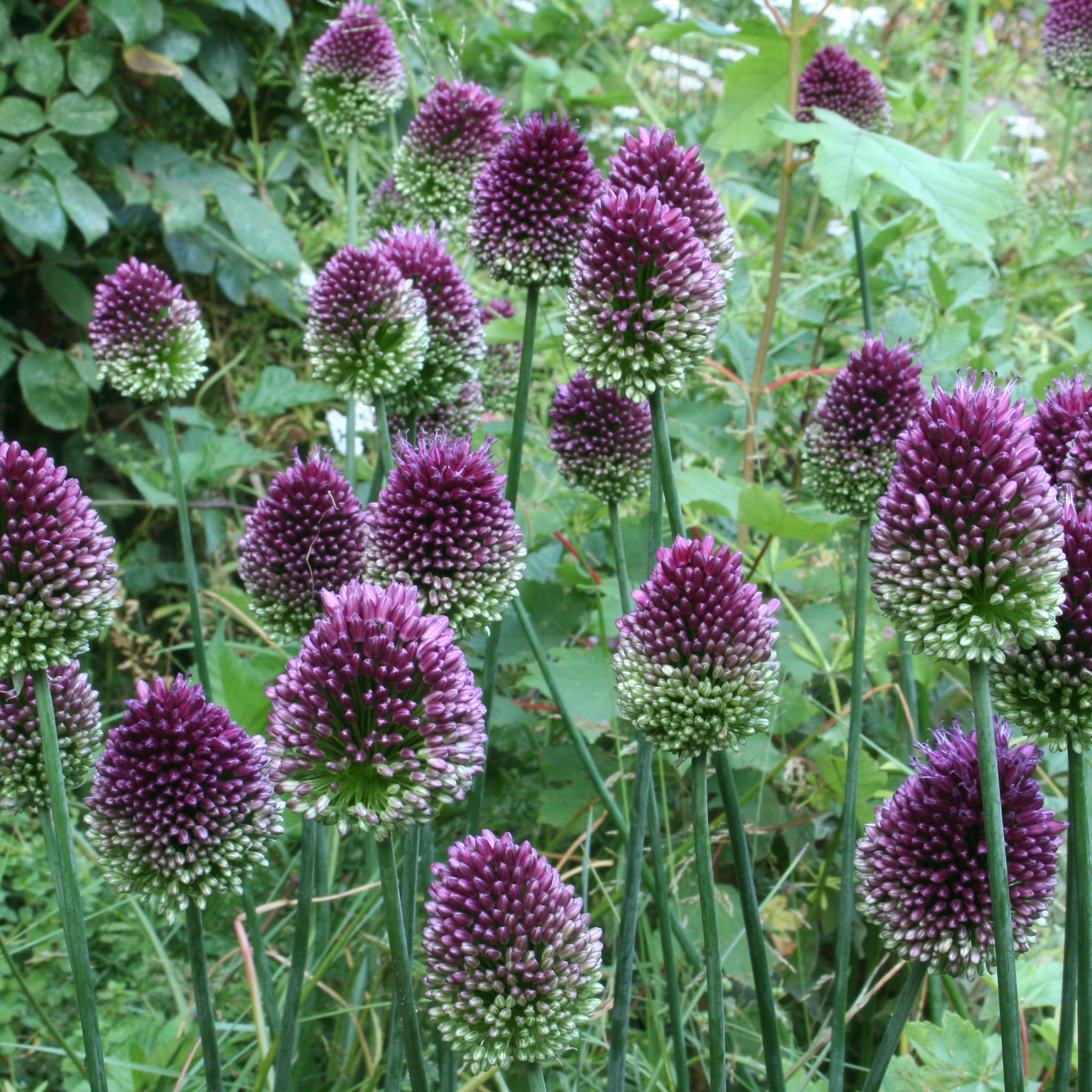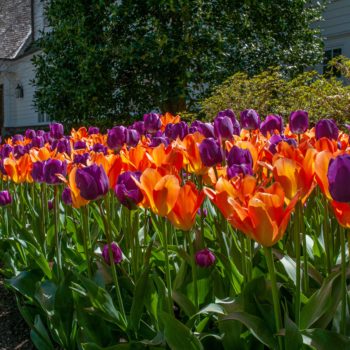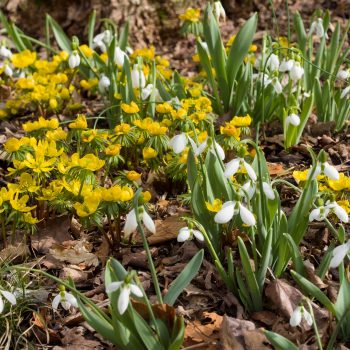Allium Unifolium
Allium unifolium
Specifications
Loose heads of lavender-pink flowers touched with white. A lovely gem for the flower or herb garden. This plant is edible. The young foliage can be used in place of chives. Native Americans in California and Oregon ate the bulbs.
Deer Resistant
Note: Alliums are resistant to deer, but rodents such as voles and gophers may eat the bulbs.
| Item # | 6029 |
| Height | 15—18 inches |
| Sunlight | Full (6+ hours sun per day) |
| Soil | Well drained |
| Flower Color | Lavender-Pink |
| Bulb Size |
5—6cm ?
Bulb size is determined by the circumference around the largest part of the bulb. Colorblends only delivers top size bulbs. Large bulbs produce more or larger flowers than small bulbs.
|
| USDA Zones |
4a—7b ?
Hardy in USDA zones 4a to 7b in the South or 10b on the West Coast.
|
| Bloom Time | Very Late |
- early
- mid
- late
Delivery & Planting Times
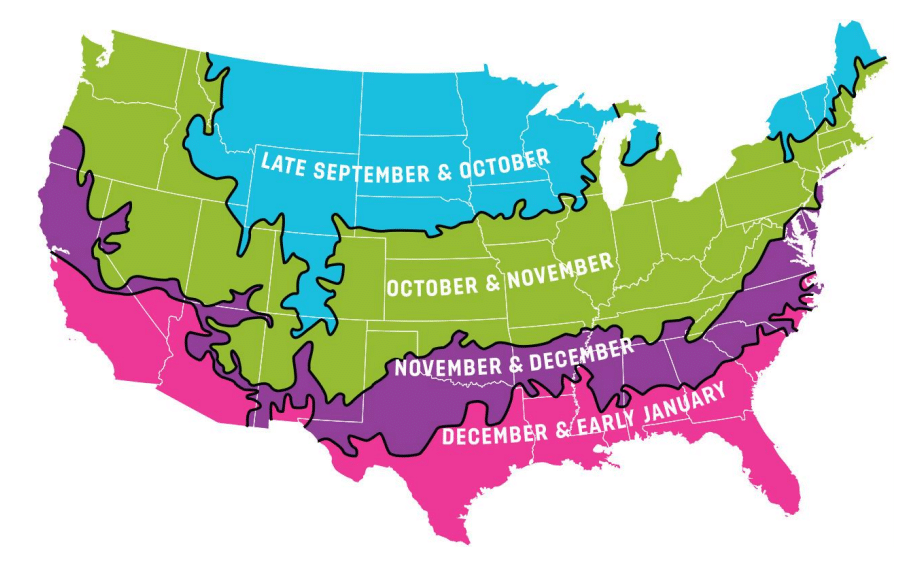
Spring-flowering bulbs must be planted in the fall. They need cool soil to make roots before the onset of winter. Cool fall weather arrives at different times from north to south and from high elevations to low.
Please note that the temperature of the soil lags behind the air temperature. You can generally plant later than the windows provided in this map. As long as the ground is not frozen, you can still plant.
Allium Unifolium
Allium unifolium
Loose heads of lavender-pink flowers touched with white. A lovely gem for the flower or herb garden. This plant is edible. The young foliage can be used in place of chives. Native Americans in California and Oregon ate the bulbs.
Deer Resistant
Note: Alliums are resistant to deer, but rodents such as voles and gophers may eat the bulbs.
| Item # | 6029 |
| Height | 15—18 inches |
| Sunlight | Full (6+ hours sun per day) |
| Soil | Well drained |
| Flower Color | Lavender-Pink |
| Bulb Size |
5—6cm ?
Bulb size is determined by the circumference around the largest part of the bulb. Colorblends only delivers top size bulbs. Large bulbs produce more or larger flowers than small bulbs.
|
| USDA Zones |
4a—7b ?
Hardy in USDA zones 4a to 7b in the South or 10b on the West Coast.
|
| Bloom Time | Very Late |
- early
- mid
- late
Sorry, Allium Unifolium is not available.
When to Plant

Spring-flowering bulbs must be planted in the fall. They need cool soil to make roots before the onset of winter. Cool fall weather arrives at different times from north to south and from high elevations to low.
Please note that the temperature of the soil lags behind the air temperature. You can generally plant later than the windows provided in this map. As long as the ground is not frozen, you can still plant.
Planting Instructions
Plant in full sun or light shade and well-drained soil. Sandy soil is ideal. Allium leaves will yellow by the time the flowers open. You can disguise the foliage by planting large alliums among bushy perennials or shrubs, and small alliums among low-growing perennials. The flower heads of large-headed alliums remain attractive even after the color fades. They can be left in the garden or cut and dried for use in indoor arrangements. Species alliums (e.g., siculum, moly) may self-sow.
| Depth of Planting Hole | 3 inches |
| Spacing | 2 inches apart |
Planting Instructions
Plant in full sun or light shade and well-drained soil. Sandy soil is ideal. Allium leaves will yellow by the time the flowers open. You can disguise the foliage by planting large alliums among bushy perennials or shrubs, and small alliums among low-growing perennials. The flower heads of large-headed alliums remain attractive even after the color fades. They can be left in the garden or cut and dried for use in indoor arrangements. Species alliums (e.g., siculum, moly) may self-sow.
| Depth of Planting Hole | 3 inches |
| Spacing | 2 inches apart |

